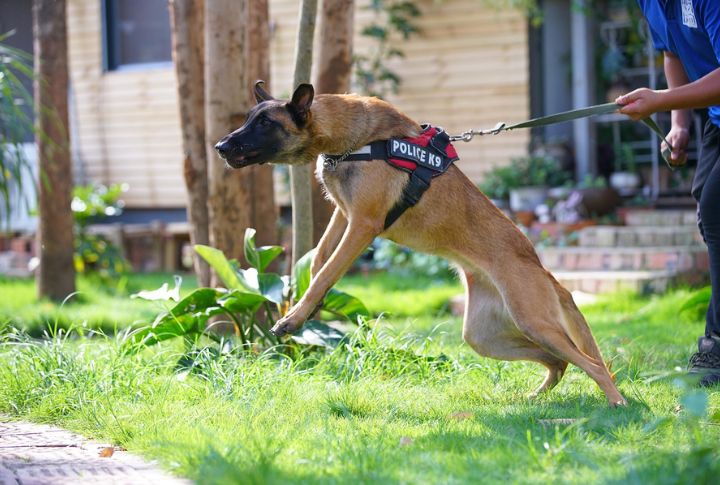Adopting A Shelter Dog? 10 Smart Ways To Ensure The Perfect Fit

Bringing home a shelter dog is exciting, but looks alone won’t tell you if they’re the right fit. A dog’s temperament and overall behavior determine whether they’ll thrive in your home—or if challenges lie ahead. The last thing you want is an unexpected mismatch. Before you make it official, use these tips to assess their personality and ensure a lifelong bond.
Observe Their Reaction To Touch

A dog’s reaction to handling can reveal a lot, even on the first go. If they flinch at touch, it may indicate past trauma. For example, shy dogs often need patience and positive reinforcement. If they are receptive to touch, it may suggest that they are social, well-adjusted pets ready for a home environment.
Test Adaptability

Recognizing adaptability helps set expectations for training and socialization. So, how do you test a dog’s adaptability? By observing what they do in new environments. A confident, curious dog will explore, but if they freeze or avoid interaction, they may need extra time to adjust.
Don’t Believe Shelter Dog Stereotypes

Myth: All shelter dogs are aggressive. Reality: Most are simply stressed because shelter environments create anxiety, which leads to defensive behavior. Given stability and structure, many calm down over time. This reduces adoption fears and encourages informed decision-making.
Match Energy

Adopting a high-energy dog when you rarely go outside is a big mistake. You’d think the dog would adjust, but instead, your things might be destroyed, and the barking might become unbearable because of its pent-up energy. The lesson? An active dog thrives with an active owner, while a relaxed dog suits a low-energy household.
Assess Human Interest

Choosing a dog with a personality that aligns with your lifestyle ensures smoother social outings and home life. Does the dog approach strangers with curiosity or hesitation? A friendly, confident dog enjoys human interaction, while a nervous one may require desensitization training. Be sure to observe this before making the adoption final.
Temperament Testing

Temperament testing used to be minimal, and dogs were often chosen based on appearance or impulse. Today, structured assessments evaluate behavior, stress levels, and adaptability. This evaluation increases the chance of a successful placement by reducing the likelihood of a poor match.
Observe Eating Behavior

Food habits can also reveal temperament clues. Does the dog guard its food or eat calmly? Resource guarding may indicate past struggles and require training. On the other hand, a relaxed eater is usually more adaptable. If possible, watch how they react to food being placed near them or if they share space with other dogs while eating.
Compare Different Personality Types

Choosing based on personality rather than impulse leads to a stronger, lasting companionship tailored to your lifestyle. A shy dog may take longer to bond—while a confident one adapts quickly. To determine the best match, consult an expert breeder who can assess the dog’s history and provide informed advice.
Pay Attention To Their Response To Noise

Some dogs startle easily at loud sounds, while others ignore them. This could also be from past traumas. Noise sensitivity can impact daily life, especially in busy cities. You should test reactions to common sounds, like clapping or dropping keys. This helps identify a dog’s comfort level in various environments.
Consider Their History

Consider a dog’s history, such as where they grew up and their past experiences. This will help you avoid unnecessary distress in the long run. Imagine adopting a dog that fears loud noises and bringing it to live in the city center. Without realizing it, you could unintentionally cause them excessive stress.





